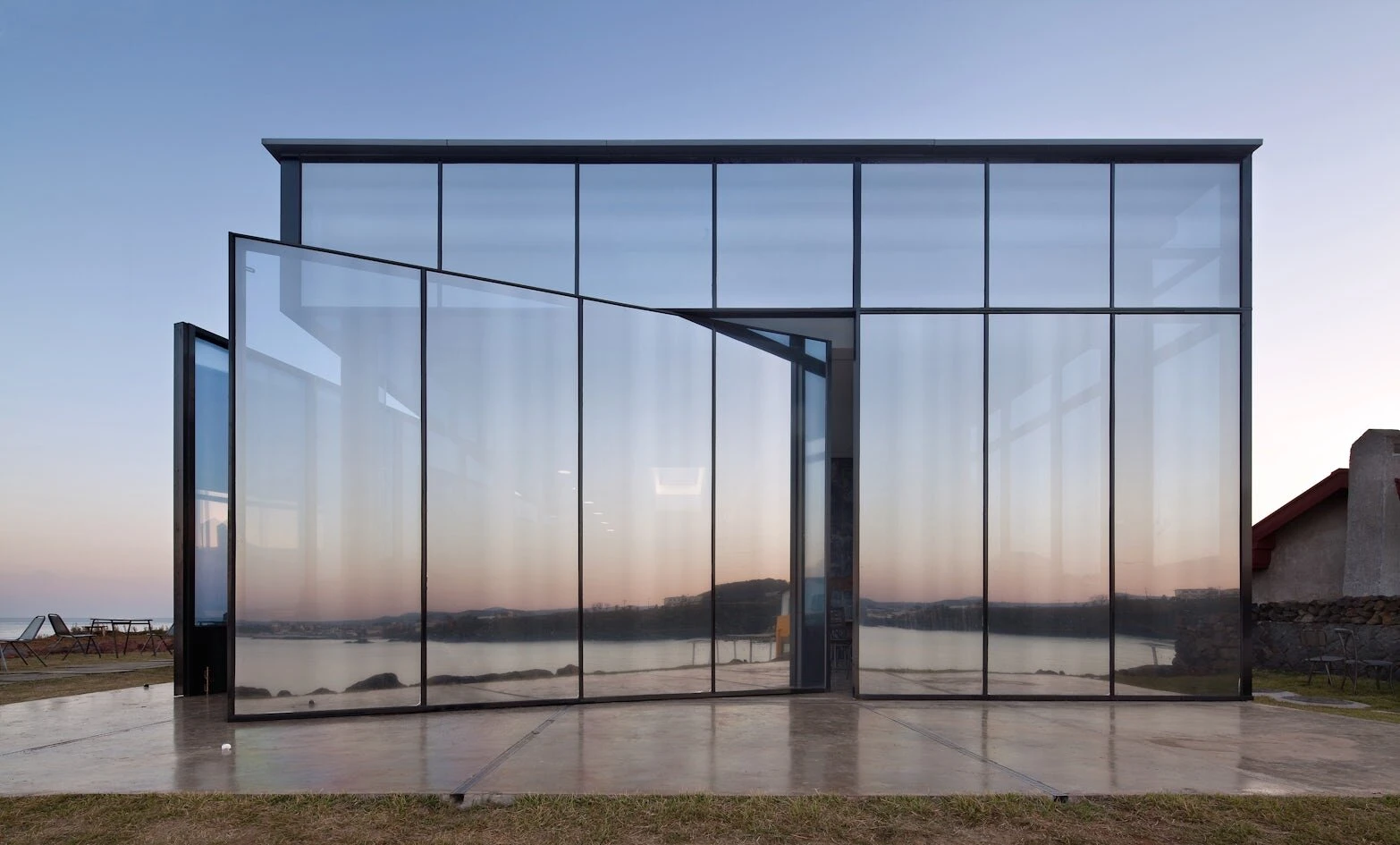

Low-E glass, or low-emissivity glass, is a specialized type of glazing that plays a crucial role in energy efficiency in buildings. The primary function of low-E glass is to minimize the amount of infrared and ultraviolet light that can pass through it while still allowing ample natural light to enter indoor spaces. There are several types of low-E coatings, each designed to serve different purposes and meet specific performance criteria.
On the other hand, soft-coat low-E glass is manufactured by applying a thin layer of metallic coating in a controlled environment at lower temperatures. This type features superior thermal performance due to its ability to reflect heat back into the room and reject unwanted external heat. Soft-coat low-E glass is ideal for use in regions with hot climates, as it helps keep indoor spaces cooler and reduces reliance on air conditioning. Additionally, soft-coat low-E glass often has a lower U-factor, indicating better insulation properties.

Another emerging type is the spectrally selective low-E glass. This variant offers enhanced control over the wavelengths of light that can penetrate the glass. It selectively filters out infrared heat while allowing a high percentage of visible light to enter. Spectrally selective low-E glass is particularly popular in energy-efficient building designs, as it maximizes natural daylight while minimizing heat gain, leading to lower energy costs.
In conclusion, low-E glass is a versatile and innovative solution for enhancing energy efficiency in buildings. With options like hard-coat, soft-coat, and spectrally selective glass, builders and homeowners have multiple choices to suit their energy performance needs and local climates. By incorporating low-E glass into building designs, it is possible to achieve significant energy savings and create comfortable living and working environments.